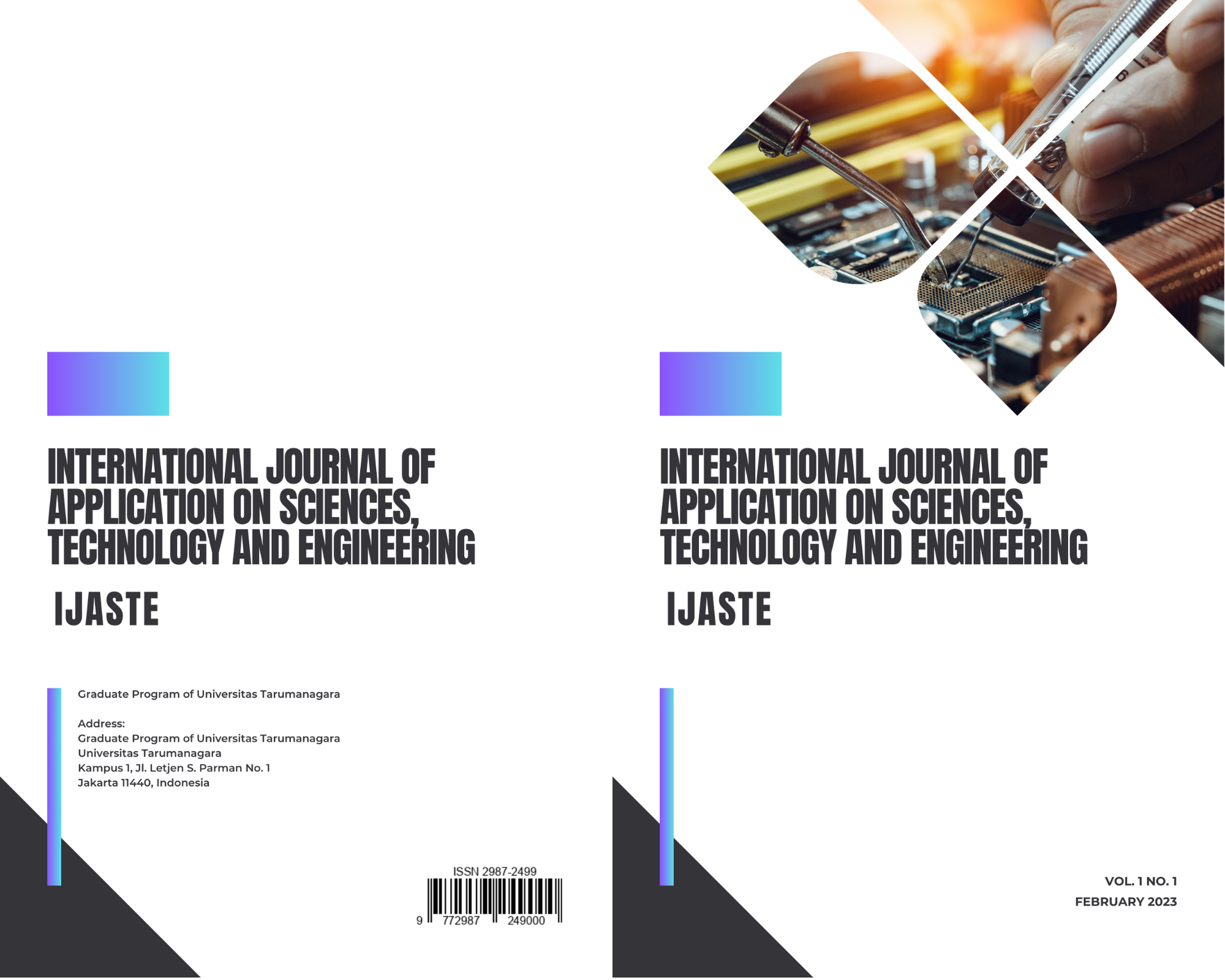Amphibious Technology with Adaptive Buildings in Tambakrejo for the Application of Resilience Architecture
Main Article Content
Abstract
The tidal flooding that occurred on the coast of North Semarang has become commonplace and always appears regularly in people's lives, such as in the Tambakrejo area. Technological advances in architecture respond to this natural condition with "Amphibious Building Systems" technology which allows buildings to float following the water level during tidal flooding. The research purpose is that buildings on the coast can apply this amphibious structural system and technology to minimise the negative impact of the tidal flood itself, and the community can adapt to natural coastal conditions. The research methods are; 1) Resilience Architecture; 2) Amphibious Technology; 3) Materials & Tools. The conclusion is that this amphibious structure and technology system can be a solution in dealing with ecological changes and natural activities on the coast. The findings of this Amphibious technology are expected to help the community stabilise the economy by providing jobs that follow the area's potential, namely pond cultivation.
Article Details

This work is licensed under a Creative Commons Attribution-NonCommercial-ShareAlike 4.0 International License.
References
T. detikcom, "Oh No! Pekalongan-Semarang Bakal Tenggelam Lebih Cepat dari Jakarta," DetikTravel, Semarang, 2021.
Nuswantoro, “Ketika Rob Rendam Pesisir Utara Jawa Tengah,” Mongabay Situs Berita Lingkungan, Semarang, 2020.
Kumparan, "Ini Wilayah yang Terancam Tenggelam di Jakarta dan Kota Lain 10 Tahun ke Depan," Kumparan SAINS, Jakarta, 2021.
M. I. Mohamad, M. A. Nekooie and Z. B. Ismail, "Amphibious House, a Novel Practice as a Flood Mitigation Strategy in South-East Asia," The International Institute for Science,, vol. 2, no. 1, pp. 1-10, 2012.
P. Nilubon, W. Veerbeek and C. Zevenbergen, "Amphibious Architecture and Design: A Catalyst of Opportunistic Adaptation? - Case Study Bangkok," Urban Planning and Architecture Design for Sustainable Development, vol. 1, no. 216, pp. 470-480, 2016.
E. English, N. Klink and S. Turner, "Thriving with water: Developments in amphibious architecture in North America," FLOODrisk 2016 - 3rd European Conference on Flood Risk Management, vol. 7, no. 1, pp. 1-12, 2016.
M. Khaleghi, H. P. Astuti, S. H. Ladana , F. E. C. Othman and Z. Deng, "Building Amphibious Settlements in Kampung Baru, Jakarta," Ecosystem-based Disaster Risk Reduction and Climate Change Adaptation, vol. 1, no. 1, pp. 1-18, 2019.
L. Piatek and M. Wojnowska-Heciak, "Multicase Study Comparison of Different Types of Flood-Resilient Buildings (Elevated, Amphibious, and Floating) at the Vistula River in Warsaw, Poland," Sustainability MDPI, vol. 1, no. 1, p. 1, 2020.
M. Chen, R. Zarins, P. Patange, J. C. Wiser and E. C. English, "Building Resilience Through Flood Risk Reduction: The Benefits of Amphibious Foundation Retrofits to Heritage Structures," 8th International Conference on Building Resilience - Risk and Resilience in Practice: Vulnerabilities, Displaced People, Local Communities and Heritages, vol. 1, no. 1, pp. 1-16, 14 November 2018.
R. Waluyo, N. and Wijanarka, "Experimentation for Development for Ark’a Modulam Foundation as an Alternative to Create Amphibious Architecture in the Urban Floodplain in Kalimantan," Indian Journal of Science and Technology, vol. 12, no. 19, pp. 1-15, May 2019.
A. D. Istiadji, G. Hardiman dan P. Satwiko, “Studi Kerangka Konseptual Resilience Dalam Konstelasi Konsep Gerakan Lingkungan,” Jurnal Arsitektur Universitas Diponegoro, vol. 7, no. 48, pp. 439-452, 2018.
M. D. Glantz dan J. L. Johnson, Resilience and Development - Positive Life Adaptations, Boston: Springer Science & Business Media, 2002.
C. Team, "Construction21 International," 15 June 2014. [Online]. Available: https://www.construction21.org/. [Accessed 06 August 2021].
H. C. Anderson, "Amphibious Architecture Living with a Rising Bay," A Thesis Presented by the Faculty of California Polytechnic State University, vol. 1, no. 1, p. 90, 2014.
H. P. Adi and S. I. Wahyudi, Desain Platform Untuk Konstruksi Bangunan Apung, Semarang: Unissula Press, 2021.



